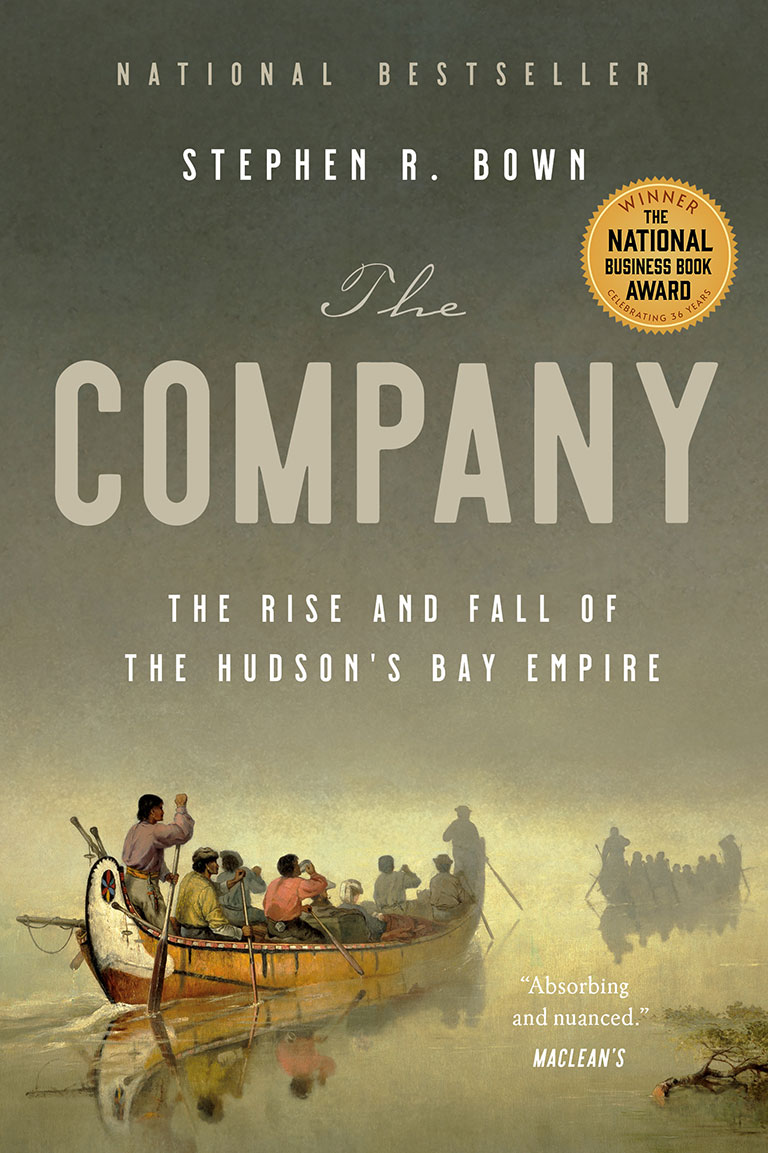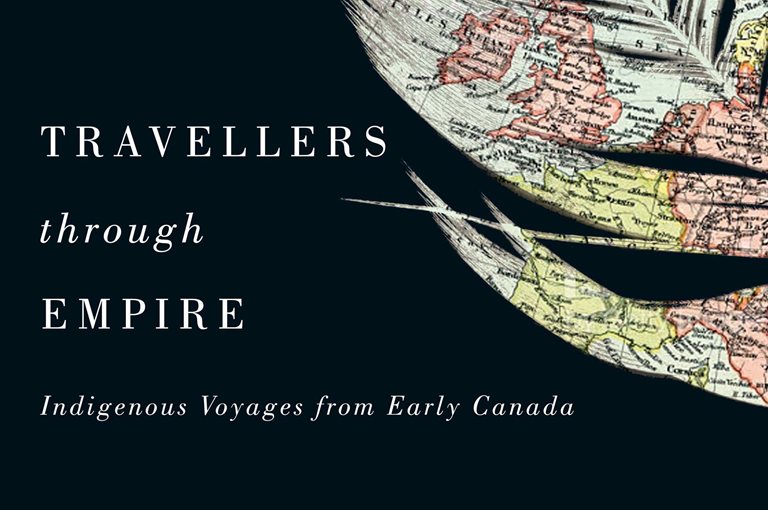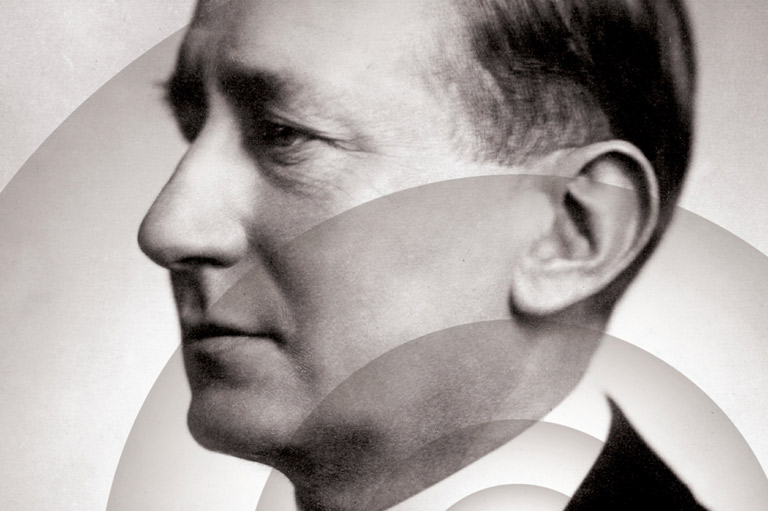Widening the Story


In his recent book The Company: The Rise and Fall of the Hudson’s Bay Empire, Stephen Bown explores in rich detail the first two centuries of one of the world’s oldest business enterprises. Canada’s History editor-in-chief Mark Reid spoke with Bown about the inspiration behind the book, as well his thoughts on the HBC’s historical and cultural legacies.
Many books have been written about the Hudson’s Bay Company. What compelled you to tackle the story of this 352-year-old enterprise?
The company is without a doubt the most important business enterprise in the history of northern North America. I had been thinking about the topic for many years, with growing frustration toward the generally inaccurate presentation and understanding of the company’s history, in particular how it changed over time and was inextricably linked to Indigenous peoples through marriage and commerce. Earlier books, the most recent being three decades old, had too narrow a perspective on who were the company’s people, and they totally missed about a quarter of the story.
What surprised you during your research?
I was surprised by the extent to which Indigenous peoples were integral to the company’s success and filled out the ranks of all but the most senior positions — particularly the Cree, who expanded along with the company into the nineteenth century such that the Cree language, originally from around the south and west shores of Hudson Bay and James Bay, became one of the most common throughout what is now Western Canada and even in places like Fort Vancouver, along the Columbia River in present-day Oregon, or in Fort Victoria.
Also, for most of the eighteenth century, the dynamic aspect of the inland trade was actually spearheaded and controlled by Indigenous, primarily Cree, business enterprises using the company’s outposts around the bay as wholesale distribution centres while managing and expanding the retail aspect of the trade into new regions and markets.
The Company is rich with details, quotes, and colour. Why are these elements so important to your storytelling style?
How people understood their world, based on their contemporary geographical knowledge, communication technology, and travel technology, is vital to understanding anything in history.
For example, when workers signed on to the company in the British Isles, they did so for seven-year terms, because it was so dangerous, and difficult, and expensive to voyage across the Atlantic Ocean. So they tended to remain a long time in their positions, many having families while growing accustomed to their new surroundings. Some never returned. That’s important.
I want to bring the world alive so we know who was making decisions for themselves and their families and why — to better understand that long-ago world. Statistics don’t make decisions or history; people do.
What perspectives did you strive to include that were perhaps missing from past publications?
Two main things preoccupied me in that regard: first, the concept of change over time. No entity so long-lasting and so permeating of culture and economy can ever have a single, simple conclusion as to its importance, or legacy, or impact.
And secondly, my book broadens the definition of what it means to be a part of the company to include Indigenous peoples. If you include the role of women in particular, who all worked indirectly for the company through their families, and contract employees, such as labourers, hunters, guides, and canoe paddlers, as being company people, then you get a very different perspective on what the company was, and who its people were, and what its legacy is.
Fur trade history was a major focus of education for generations past — but today it is not taught as much in schools. Why do you feel it is still important and relevant to learn the history of this foundational era?
So many of the issues that are present today having to do with relations with Indigenous peoples had their origins during this era, both good and bad. The fur trade and its necessary social integration of peoples as a prerequisite to doing business, gave rise to generations of people of mixed heritage and altered the economy of northern and western North America for hundreds of years before there was any colonial development. But perhaps most important symbolically, is that this fur trade era, up until around the 1830s, was a time when Indigenous people were culturally secure and dominated economically, politically and culturally, responding to the challenges of the day not as subdued peoples (as they became in the later nineteenth century) but as partners in important and dominant positions. This in my view is psychologically important for our society to move forward and is frequently lost in the competing narratives.
HBC transformed and evolved many times over its 352 years. From a business perspective, what lessons can we draw from its continued existence?
Change with the times! The Company was constantly tweaking its business plan and the products and services it offered.
From society’s perspective, monopoly or power concentration is bad. Yes, the Company technically had a monopoly for most of its existence, but for 150 years that amounted to little more than protection from domestic competitors in England. Power during that time rested securely in the hands of the multiple Indigenous societies with whom the Company engaged. And there was always competition from French traders coming in from the St. Lawrence. It was the merging of the two entities that created a severe power imbalance that led to the power of George Simpson and the imposition of dictatorial repressive policies, totalitarian and ties to objectives more political than commercial, and certainly not in the interests of customers or employees and their families.
Given the importance of reconciliation with Indigenous peoples, how should Canadians today view the legacy of the HBC?
That’s a complicated question. But I would again emphasize the concept of change over time. There is no single definition of what the relations were between the company and Indigenous peoples. Most of the people who worked in the company for its first two hundred years were Indigenous or of mixed heritage.
Diplomatic marriage and cultural integration were integral to the company’s business and existence from the very beginning. Almost all company employees had Indigenous families, many of whom also went on to work for the company and gave birth to the Métis and other communities of mixed-heritage peoples across the entire country.
It was only in the second half of the nineteenth century that the company began to implement many of the more odious and repressive or downright racist policies. And this was driven primarily by HBC Governor George Simpson for his own complicated, selfish, and perhaps sociopathic reasons.
But the company existed for 150 years before Simpson came along, which is important to remember in any discussion of the company and its impact and role in shaping Canadian history.
Themes associated with this article
Advertisement
You might also like...

Our online store carries a variety of popular gifts for the history lover or Canadiana enthusiast in your life, including silk ties, dress socks, warm mitts and more!









